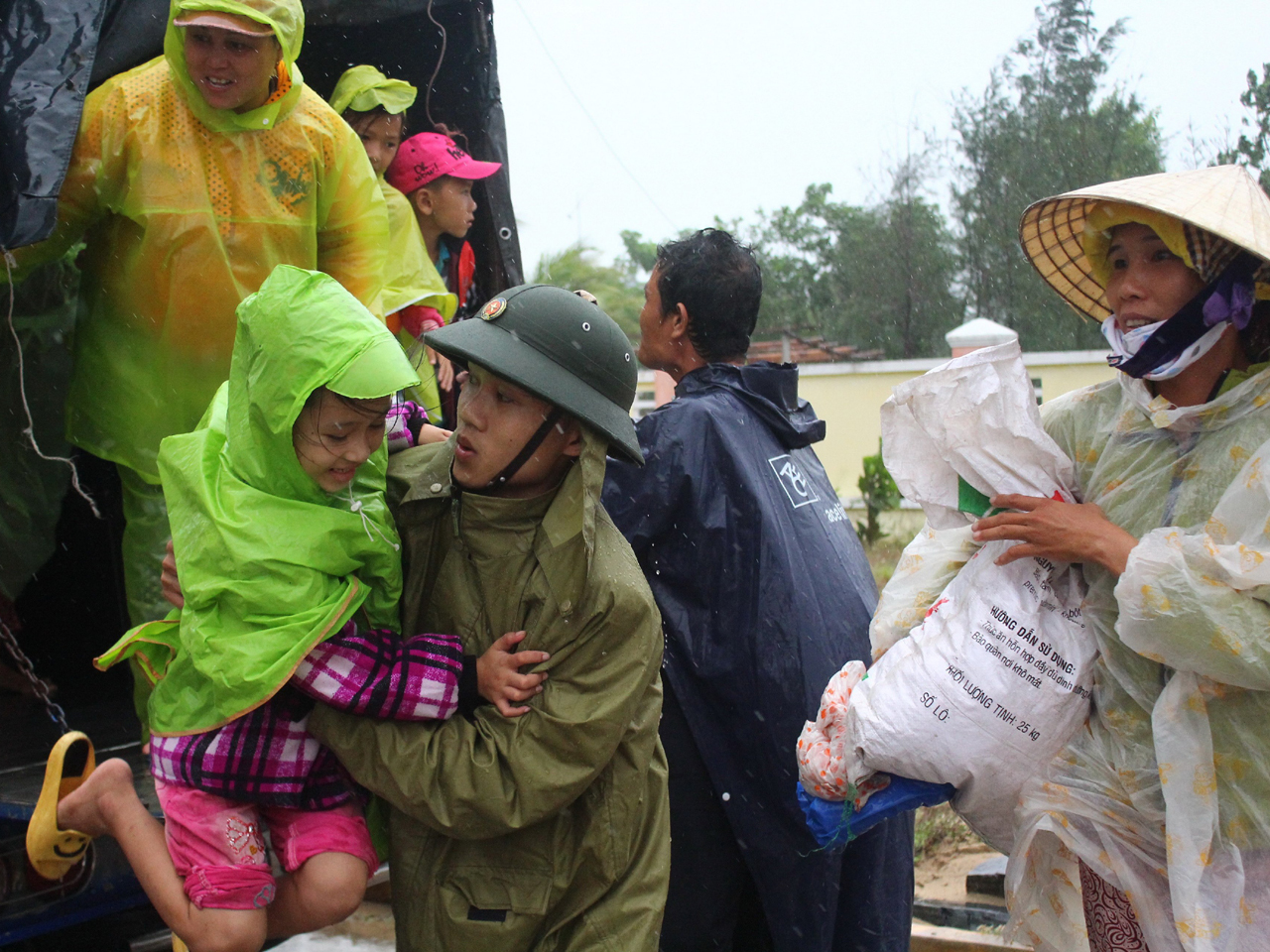Philippine Independence: The Fruit of Blood, Sweat, and Courage
For multiple centuries, the Filipino people have fought for independence from numerous colonies. They have lived through many wars to tell their tales and bring honor to their land. On June 12, 1898, the country declared independence from its 300-year Spanish rule. And ever since then, the Filipino people have made many efforts to recognize and commemorate this momentous point in time. As we comfortably live our lives in the modern world independent and free of any bloodshed, let us take some time out of our lives to remember the soldiers we lost and the flag we wave with pride.
The Filipinos suffering began when the Spaniards colonized the country in 1565. Three hundred years have passed, and countless rebellions attempted to oust the Spanish. Filipino rebels, along with American troops, battled against the Spanish during the Spanish-American War. Soon after, this alliance was tainted, as the U.S. annexed the Philippines as a peace treaty with Spain. Thus, the Spanish rule persisted. It was only in the late 19th century when the citizens called for independence. This is where the "Katipunan," a revolutionary society led by Emilio Aguinaldo, was formed in Manila. Short after the Spanish-American War broke out, Aguinaldo made arrangements with the U.S. to assist them in the war. When he returned to the Philippines, he revolutionized and liberated numerous towns in Manila. Finally, on June 12, 1898, independence was proclaimed. But the freedom and peace didn't last long, for the Philippines had become a colony of the United States as a conclusion to the Spanish-American War. This caused the Filipinos to rebel against the United States. After two years of fighting from 1899 to 1901, the war ended when Aguinaldo was captured and took an oath of allegiance. Even so, violence from the American rule continued. In 1916, the Philippine Autonomy Act of 1916 was passed. This law promised independence if the Filipinos could govern themselves. This time leading to Independence day was truly long and torturing as WW2 broke out. Once again, the Filipinos and Americans allied to make Japan pull out of the war. Thus, July 4, 1946, marks the day the Philippines regained independence after almost four centuries of battles. Since then, June 12 was declared as independence day.
Seeing our country now as it is, it doesn't spark as a country that went through countless years of war and suffering. This proves that the ones before us made many sacrifices for our generations to live comfortably without war. So as acknowledgement of the achievement of our soldiers, let us remind ourselves of our freedom and educate ourselves on our history. Shall we continue to make paper flags, decorate our halls with blue, red, yellow and white, and may we forever to look back on our history as a treasure in time. Let us proudly wave our flag and sing our national anthem with joy and contentment. As Filipinos, we should unite, work hard, and appreciate the efforts of our fellow citizens.
References:
History: "Philippine Independence Declared". Retrieved on June 2, 2022. https://www.history.com/this-day-in-history/philippine-independence-declared
National WW2 Museum: "July 4, 1946: The Philippines Gained Independence from the United States". Retrieved on June 2, 2022. https://www.nationalww2museum.org/war/articles/july-4-1946-philippines-independence
Official Gazette: Retrieved on June 2, 2022. https://bit.ly/3NOIrzo
Colombo Plan Staff College: Retrieved on June 2, 2022. https://bit.ly/3NbFpFx
Esquire Philippines: Retrieved June 2, 2022. https://bit.ly/3aj3XOi





Comments
Post a Comment